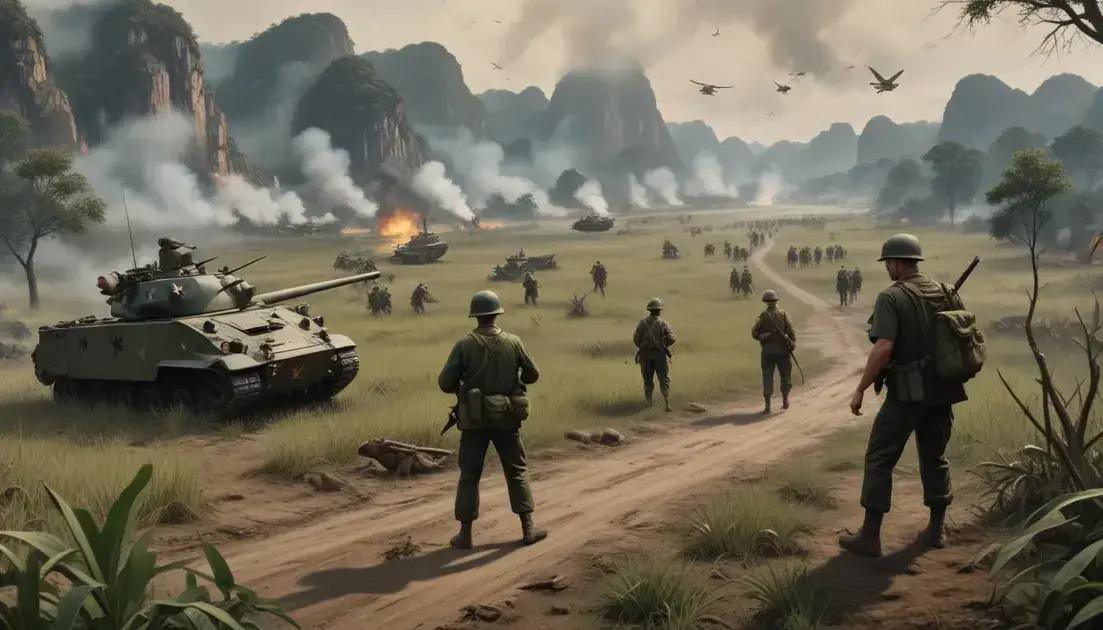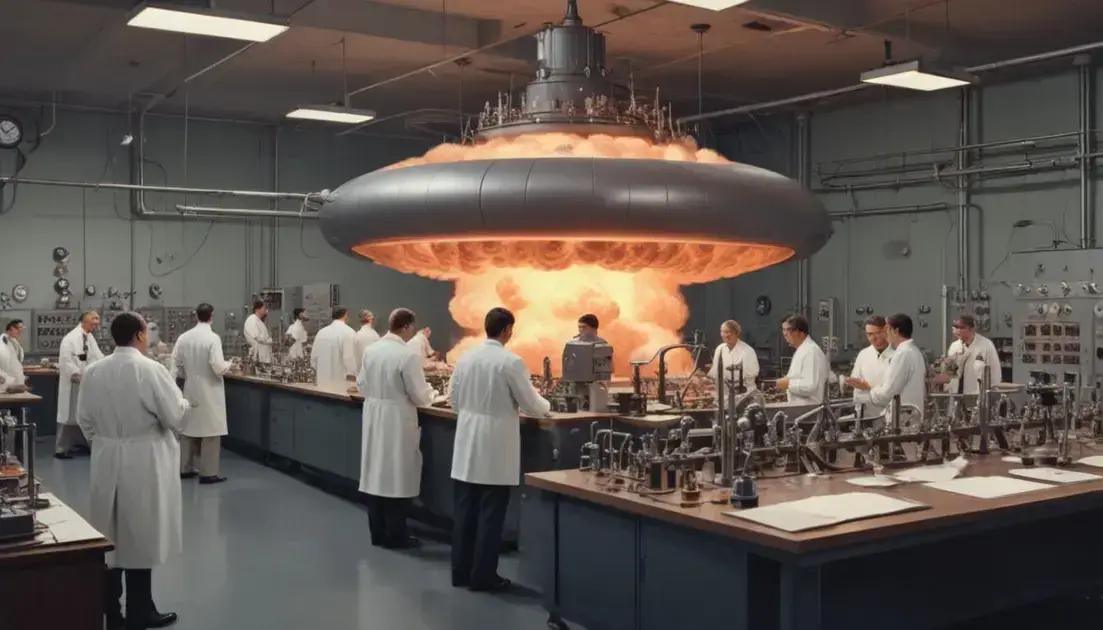
From trenches to drones: the evolution of modern war
The landscape of modern warfare is rapidly evolving, driven by advancements in technology such as drones and artificial intelligence. These innovations enhance military operations by providing real-time surveillance, precision strikes, and greater safety for personnel. As we look toward the future, trends like autonomous weapons and cyber warfare will reshape conflict strategies. Collaboration with tech companies will be crucial for military forces to adapt and thrive in this changing environment.
The landscape of modern warfare is changing fast, where the frontline is often a screen and the soldiers are pilots thousands of miles away. What does this mean for the future of combat?
The Shift from Ground Troops to Technology
Today, military operations are changing. Instead of boots on the ground, many conflicts are now fought from afar. Technology has become the key player in modern warfare.
Emergence of Drones
Drones are a big part of this shift. These unmanned aerial vehicles can fly over areas safely, gathering intelligence. They can also deliver precise strikes with minimal risk to human lives. Using drones means fewer soldiers are in danger.
The Importance of Data
Another key factor is data. Modern technology allows military forces to collect and analyze large amounts of information. With this data, they can make better decisions faster. Soldiers can plan operations based on real-time information, staying one step ahead of the enemy.
Remote Operations
Remote operations are also on the rise. Specialists can control drones and other machines from thousands of miles away. This means a soldier can operate in a safe environment while still being effective on the battlefield. The physical and emotional toll of war on soldiers can be reduced.
The Future of Warfare
The future may see even more advancements. As technology continues to evolve, we may witness a greater reliance on AI and robotics. This could change how wars are fought, with automated systems that require less human intervention.
Despite these changes, the human element will still be important. Understanding leadership, strategy, and ethics in warfare remains crucial. Technology can enhance effectiveness, but the need for skilled personnel is still there.
The Role of Drones in Modern Conflicts
Drones play a vital role in modern conflicts. These unmanned aircraft help in many ways. They offer real-time surveillance and gather important information about enemy positions.
Precision Strikes
Drones can make precise strikes on targets. This means that military operations can be more effective. By using drones, forces can reduce collateral damage and protect civilian lives.
Cost-Effective Solutions
Using drones can also save money. They are often less costly than sending in manned aircraft or ground troops. This allows military budgets to stretch further while maintaining operational power.
Enhanced Situational Awareness
With drones, commanders gain enhanced situational awareness. They can see what’s happening without putting soldiers in harm’s way. This information helps in making better decisions during missions.
Future Trends
The use of drones will likely grow. As technology improves, drones will become more advanced. We may see bigger swarms of drones working together in the future. These changes will continue to shape how wars are fought.
Future Trends in Military Warfare
The future of military warfare is exciting yet complex. New technologies will change how wars are fought. Artificial intelligence is one major trend. It can help analyze data quickly and accurately, leading to better decisions.
Autonomous Weapons
Another trend is the rise of autonomous weapons. These systems can operate without human control. While they can improve efficiency, ethical concerns about their use are growing.
Cyber Warfare
Cyber warfare is also becoming more relevant. Attacks on systems can disable essential services and create chaos without a single shot fired. Military forces need to focus on protecting their networks.
Hybrid Warfare
We are likely to see more hybrid warfare strategies. This combines regular military action with tactics like propaganda and cyber attacks. It’s crucial to understand how these elements work together.
Collaboration with Technology
The military will increasingly collaborate with tech companies. This partnership can lead to innovative solutions that enhance capabilities. Developing new gadgets, software, and tools will be essential for modern forces.
Conclusion
In conclusion, the evolution of military warfare is shaped by technology and innovation. Drones, artificial intelligence, and new strategies are changing how conflicts are fought. These tools can enhance effectiveness while keeping soldiers safer.
As we look to the future, understanding these trends is vital. The rise of autonomous weapons and cyber warfare introduces new challenges. Collaboration with technology companies will help the military stay ahead.
Ultimately, adapting to these changes will be key for military forces. By embracing technology, they can improve their operations and readiness. The future of warfare may be different, but with the right approach, it can also be better.


